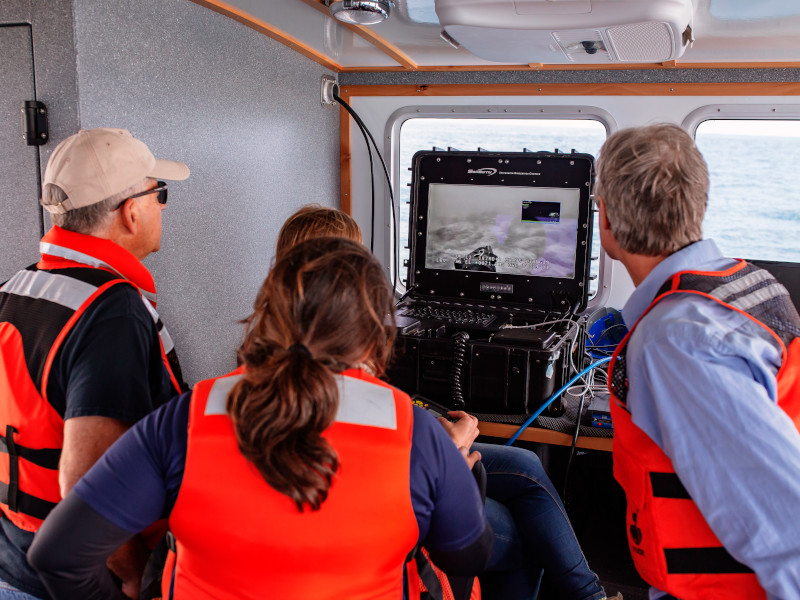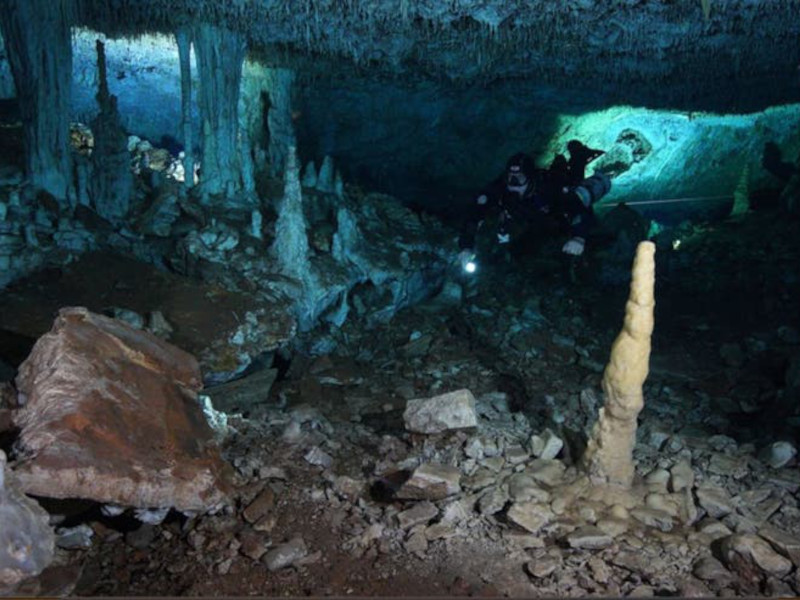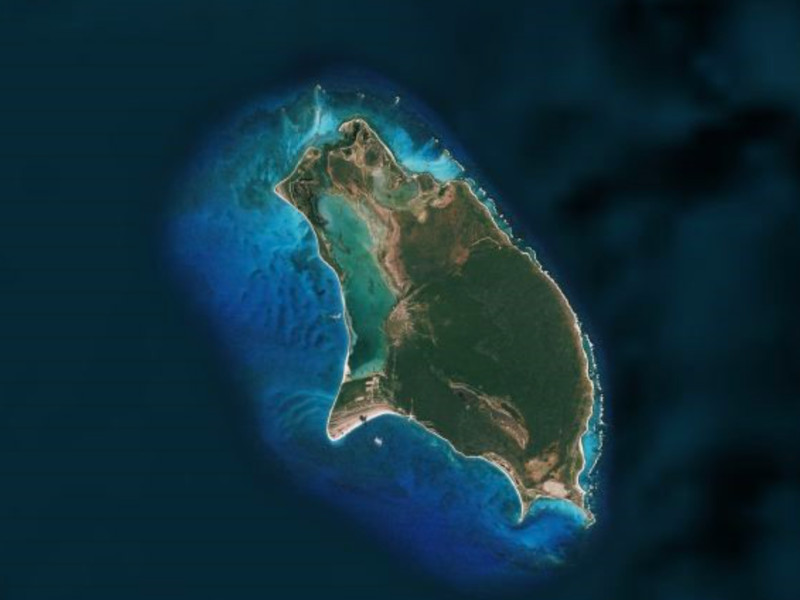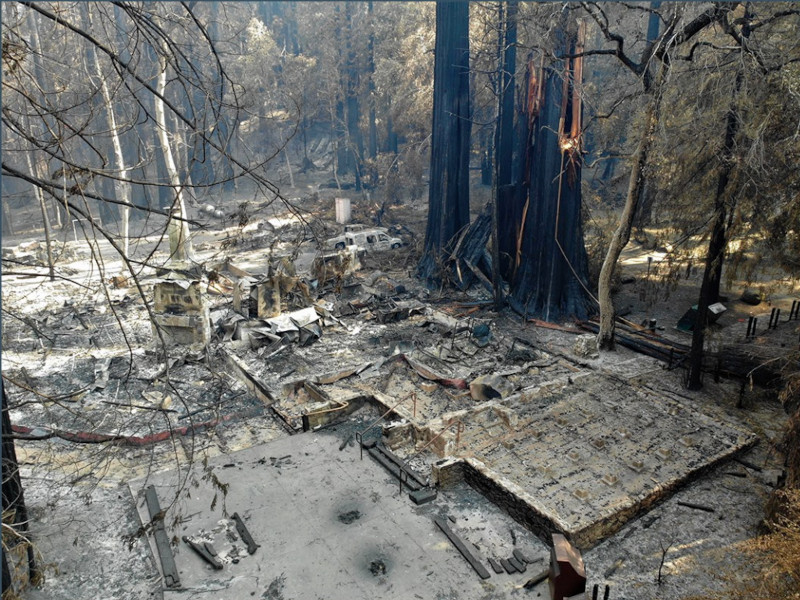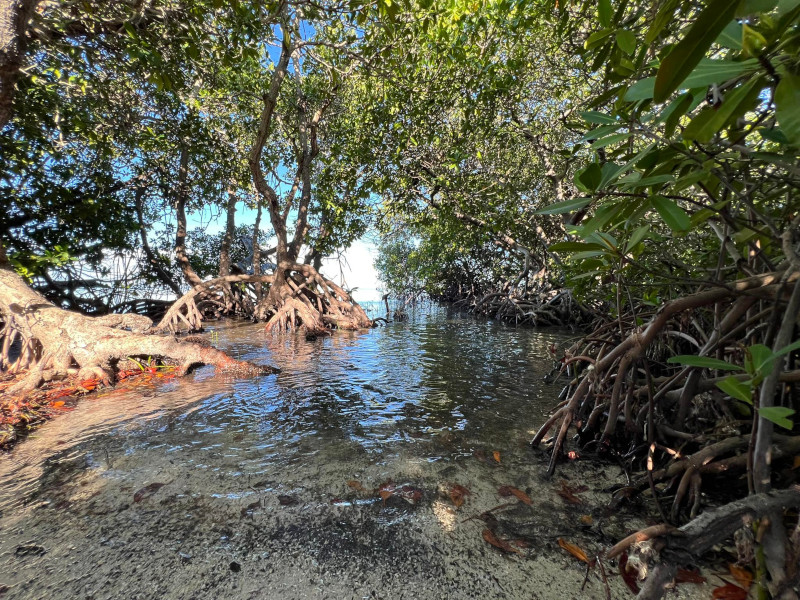RESEARCH
Photo Credit: Erik Jepsen/UC San Diego Publications
CURRENT PROJECTS
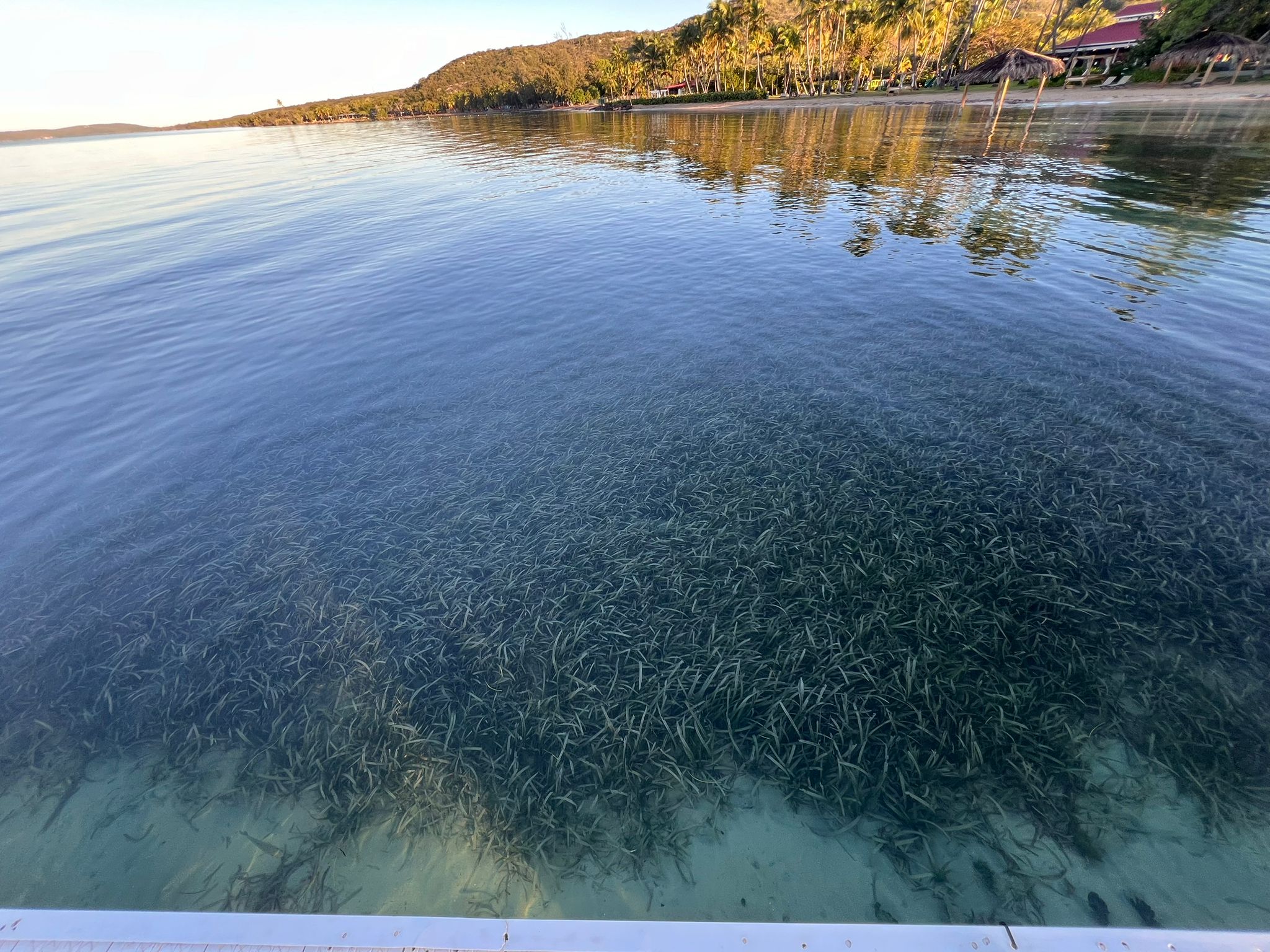
Under the Seagrass: Conserving Delicate Habitats and Underwater Cultural Heritage
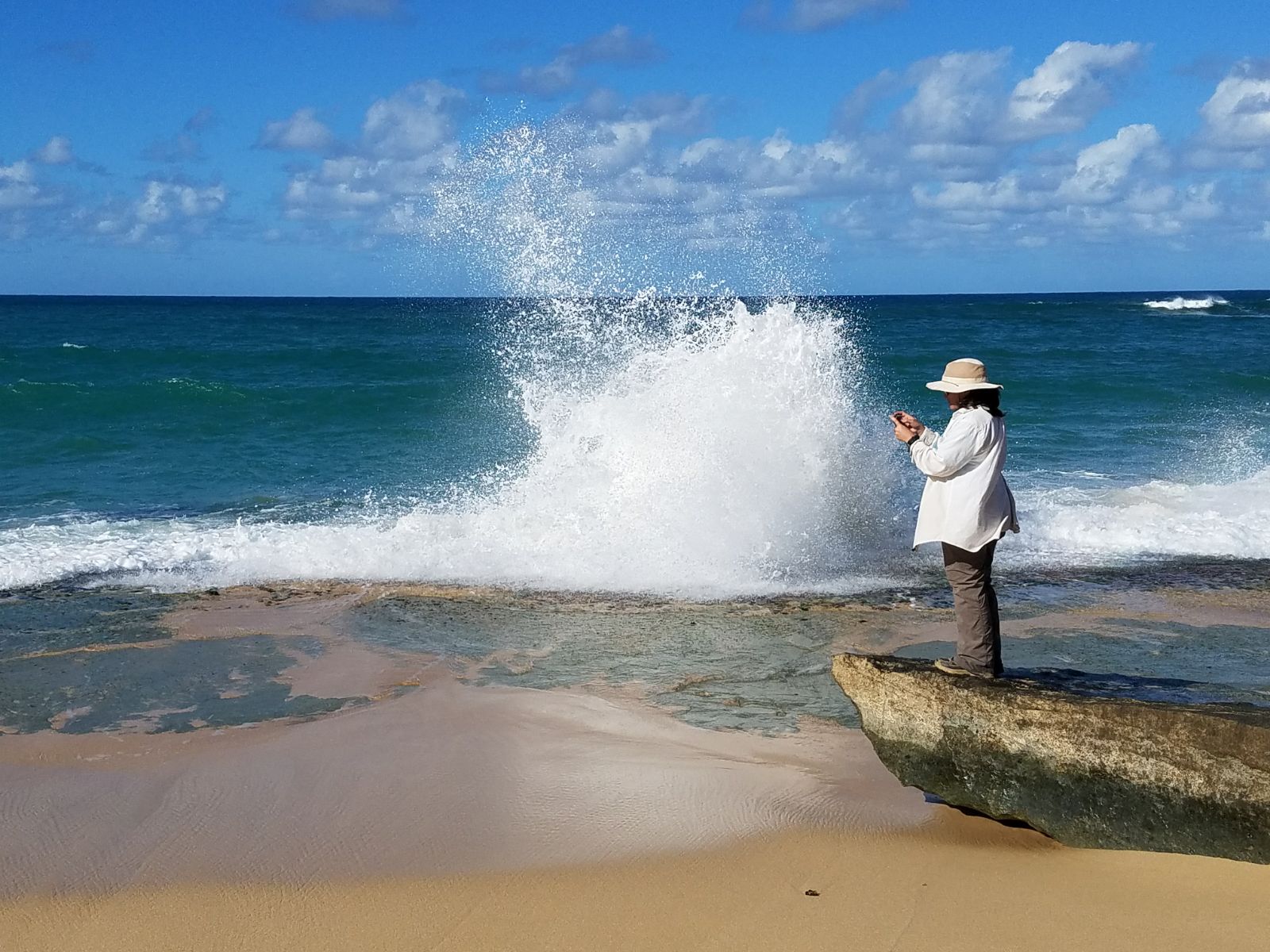
Rising Voices, Changing Coastlines (Puerto Rico)
The Rising Voices, Changing Coasts Hub spans Alaska, Louisiana, Hawai’i, and Puerto Rico. Rising Voices is an ongoing national partnership between earth scientists and Indigenous people to encompass the latter’s perspective in scientific research. Project activities will include training opportunities for Native students at each participating institution. Through the Rising Voices initiative, Rivera-Collazo will explore social justice and ecosystem restoration issues that sea-level rise and climate change have imposed upon Native residents and Indigenous communities. The project will mesh elements of multiple sciences along with traditional ways of being and traditional knowledge.
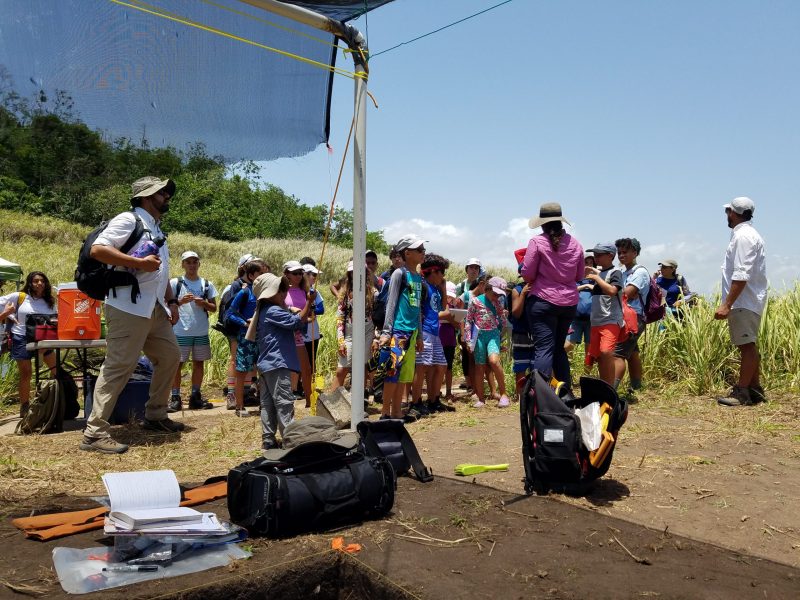
Descendants United for Nature, Adaptation, and Sustainability (DUNAS)
In collaboration with Dr. Isabel Rivera-Collazo, Climate Science Alliance, Para la Naturaleza, and Wildlife Conservation Society, the DUNAS project was convened to restore coastal dunes in northern Puerto Rico that were severely degraded by Hurricane Maria. Although sand dunes are vulnerable to damage, they are critical for protecting ecological environments, cultural artifacts, and human communities. DUNAS provides a unique community-based model for how to bridge social and environmental resilience through climate adaptation strategies and solutions. By weaving together cultural, ecological, and community values we lay the groundwork for a resilient future.
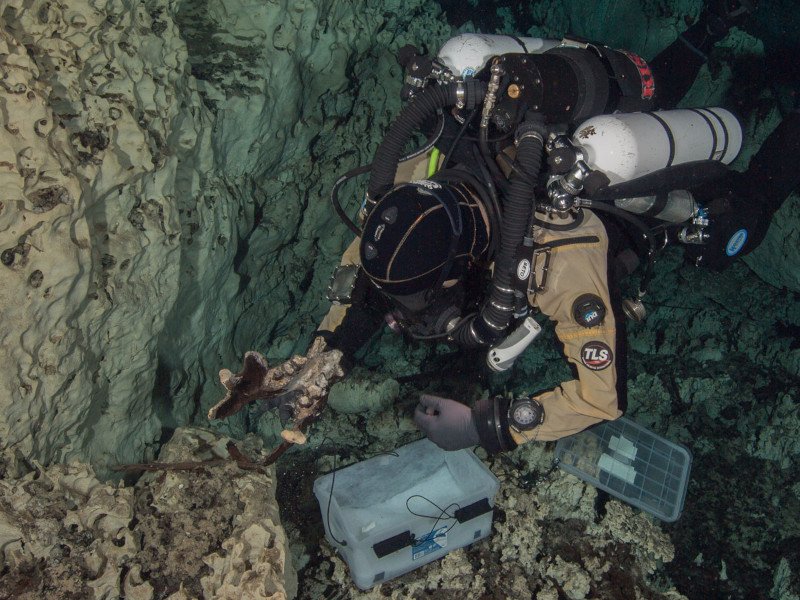
Hoyo Negro Project
Proyecto La Mina/Sagitario
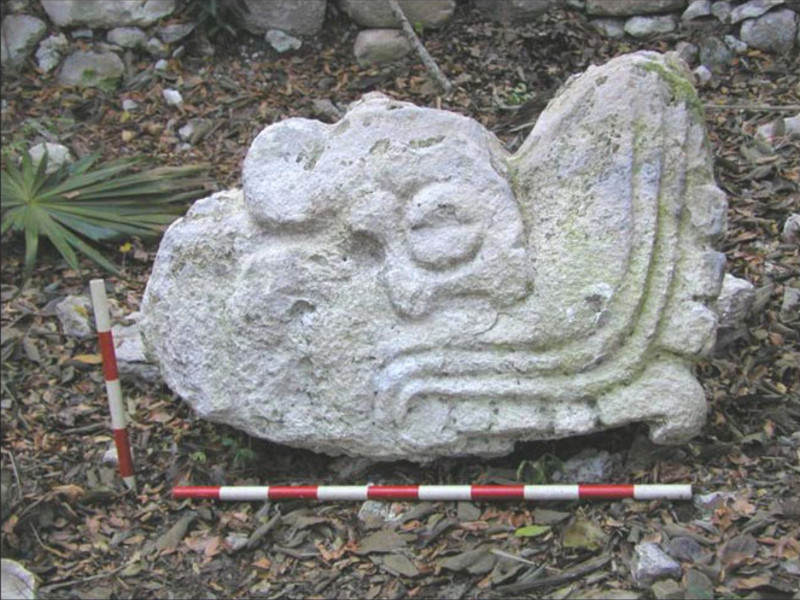
Proyecto Costa Escondida
Access to potable water has always been a major concern for human settlement, and this is particularly acute in coastal areas where freshwater can be compromised by saline marine waters. The northeast portion of Mexico's Yucatan Peninsula has a massive freshwater aquifer that today supports the international tourist destinations of Cancun and the Riviera Maya. However, access to this aquifer in pre-Columbian times was restricted to natural features, such as cenotes (limestone sinkholes), aguadas (freshwater ponds), and coastal springs, or cultural features like wells, the viability of which is directly linked to sea level, which has risen over 2 m in the past 3000 years. In addition, ancient Maya inhabitants of the Yucatan collected rainwater in reservoirs, smaller-scale cisterns called chultunes, or in ceramic pots. At the coastal site of Vista Alegre, located on the north coast of the Peninsula, there is limited evidence of potable water collection strategies, which has led members of the Proyecto Costa Escon-dida to critically examine how the freshwater access at the site changed over the past three millennia.
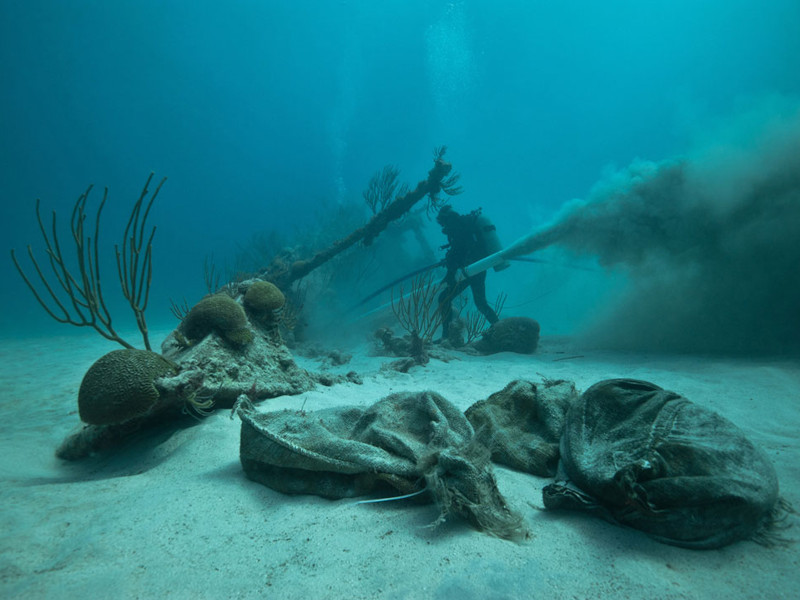
The Bermuda 100 Project
Seaview Project (Antigua and Barbuda)
California Heritage Climate Vulnerability Index
